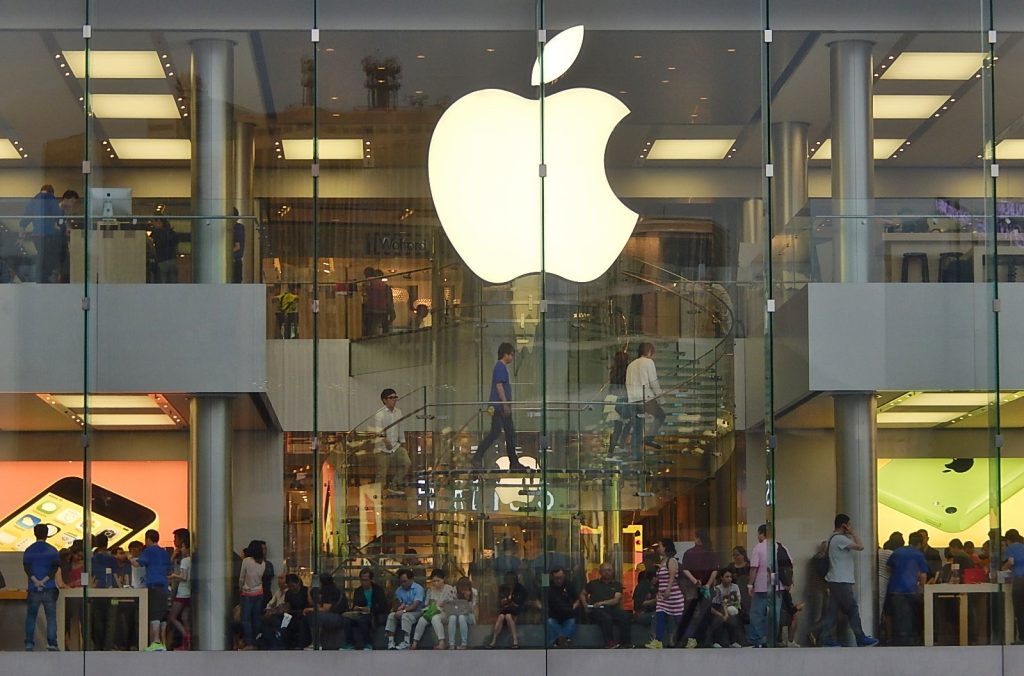Amid escalating trade tensions between the U.S. and China, Apple is making a pivotal decision to relocate iPhone manufacturing from China to India. The move, which is expected to be fully implemented by the end of 2026, is designed to counteract the financial impact of tariffs on Chinese imports.
Apple’s Exit From China Gathers Pace
Apple’s latest move to shift U.S.-market iPhone assembly to India underscores an important inflection point for global supply chains. For years, Apple has relied heavily on China for its manufacturing needs, with up to 90% of iPhones assembled in Chinese factories. However, the ongoing U.S. – China trade war has exposed the risks of such heavy reliance.
While smartphones recently received temporary relief from the heaviest tariffs under U.S. trade policy, Apple remains vulnerable to a 20% levy on all Chinese imports, a lingering pressure point from earlier trade conflicts. Currently, roughly 90% of iPhones are assembled in China, supported by an extensive web of more than 1,000 global suppliers. Despite Apple’s early efforts to build capacity in India, the scale of this latest commitment is unprecedented and will require a rapid expansion of local assembly operations.
India’s Manufacturing Ambitions: Opportunities and Realities
India’s role in global supply chains has grown significantly in recent years, with the country positioning itself as a competitive alternative to China. In March 2025, the company shipped a record $2 billion worth of iPhones from the country, a significant milestone. While the country currently accounts for just 20% of global iPhone production, Apple plans to significantly increase this share, with projections suggesting that India will supply all of Apple’s U.S.-bound iPhones by 2026, according to The Financial Times.
The Indian government has also made moves to incentivize such shifts, including removing import taxes on mobile phone components, which reduces production costs for Apple. This, coupled with the availability of a large and skilled workforce, makes India an increasingly attractive option for tech giants seeking to diversify their manufacturing bases.
While the advantages of manufacturing in India are clear, the shift is not without challenges. One major consideration is the higher cost of production compared to China. Manufacturing in India is estimated to be 5 – 8% more expensive, which could impact Apple’s margins. Furthermore, India’s infrastructure, while improving, still faces challenges, including traffic congestion and regional disparities in logistics, which could affect delivery times and costs.
The complexities of global supply chains also mean that moving all iPhone production to India will take years. A significant portion of iPhone components, such as semiconductors and other specialized parts, are still produced in China. Apple will need to build a robust supply chain in India to support this transition, potentially facing delays as it works to establish local sourcing for these critical components.
Strategic Realignment for the Long-Term
Apple’s shift reflects a broader, gradual rebalancing of global manufacturing. Rather than a rapid decoupling, the industry is likely to see a phased diversification, with companies prioritizing resilience alongside cost and efficiency. For supply chain leaders, this move reinforces the importance of building more regionally balanced networks, strengthening supplier ecosystems in emerging markets, and investing in operational flexibility.



